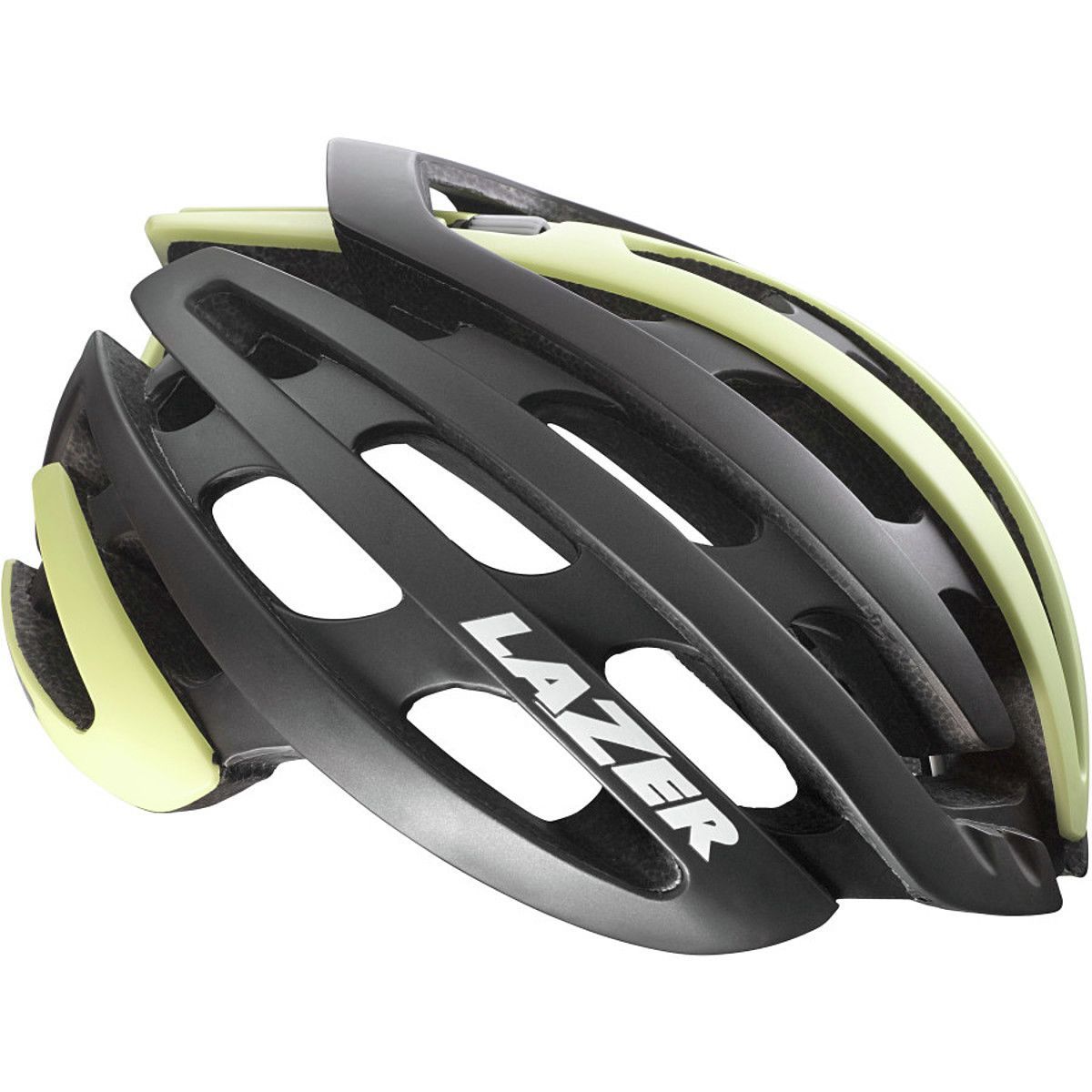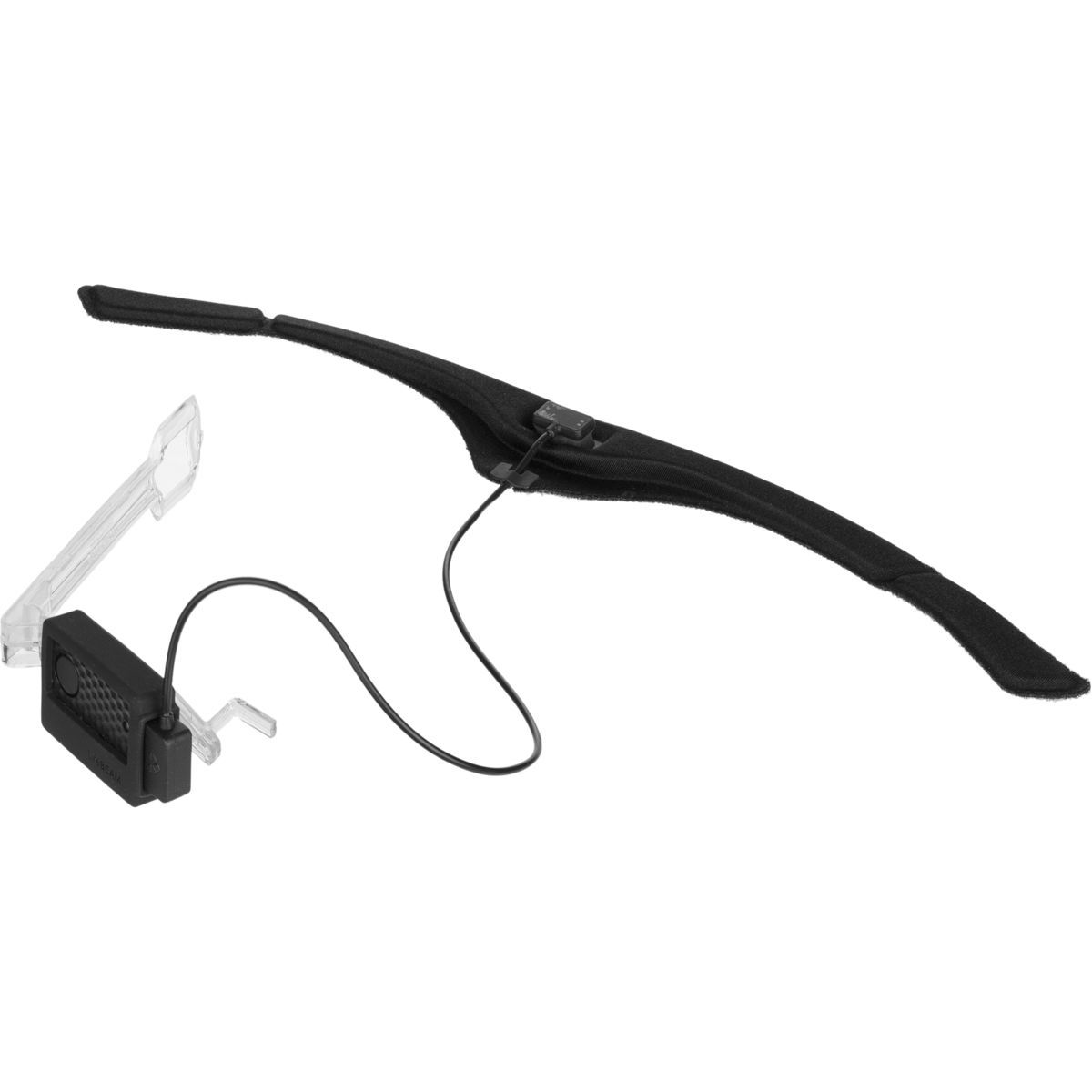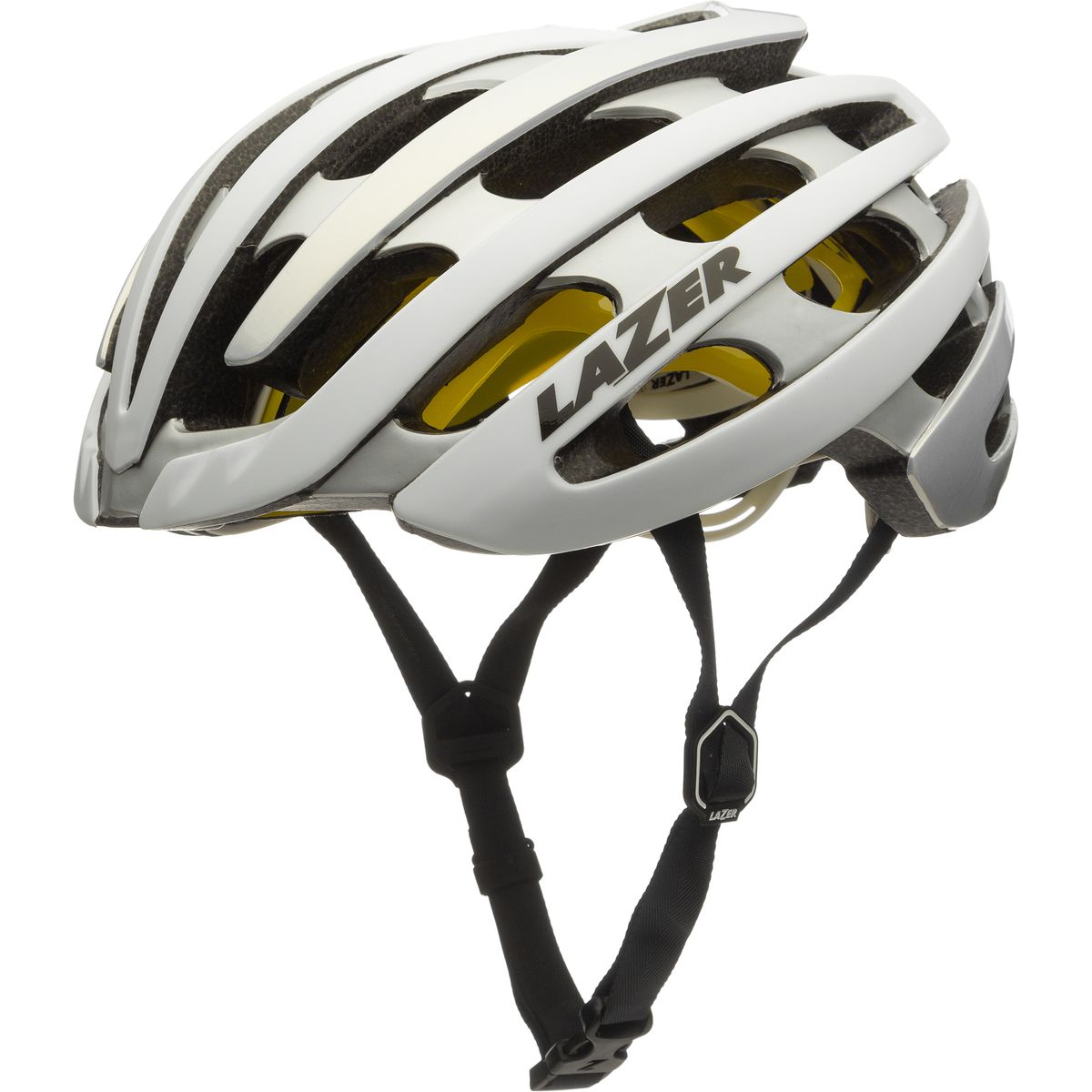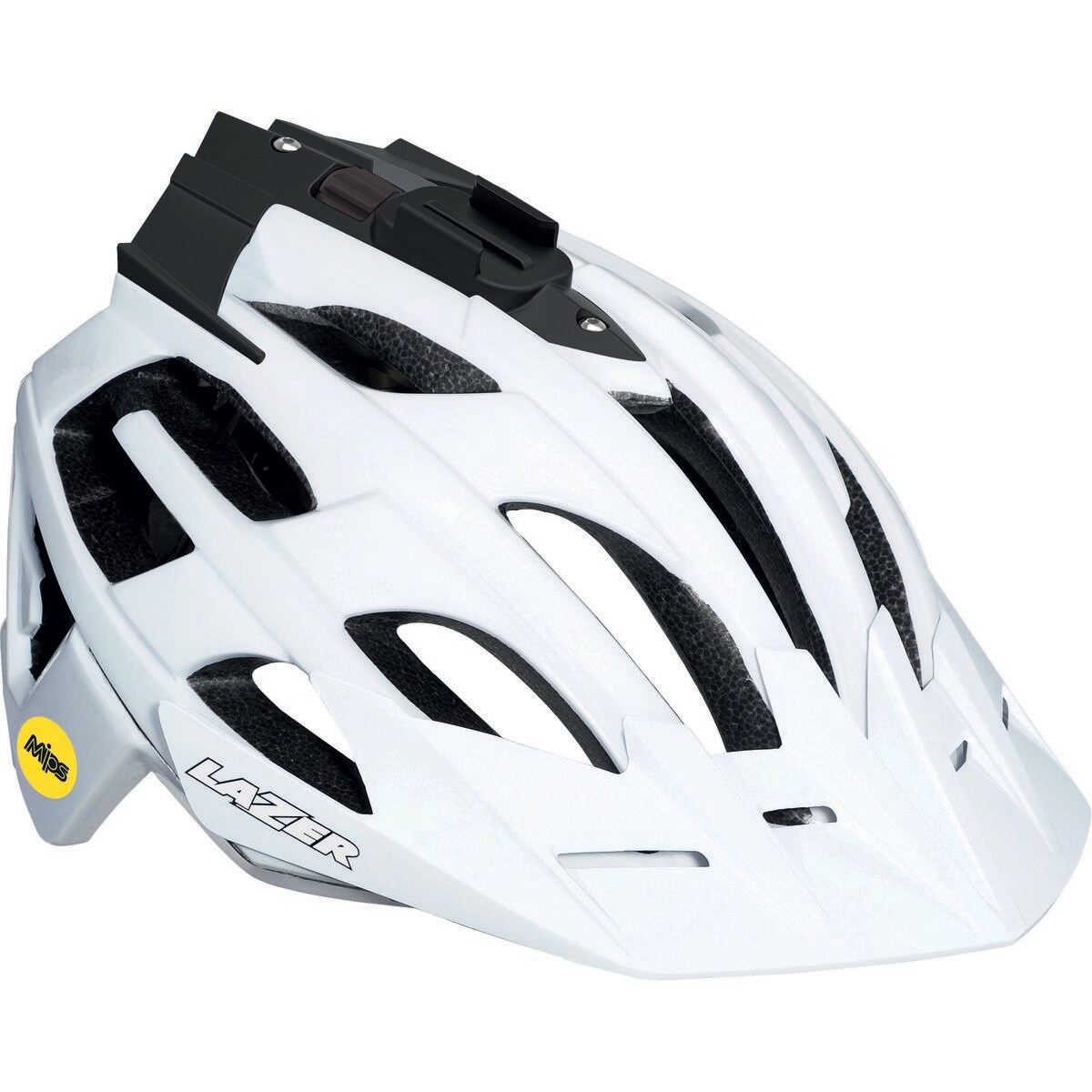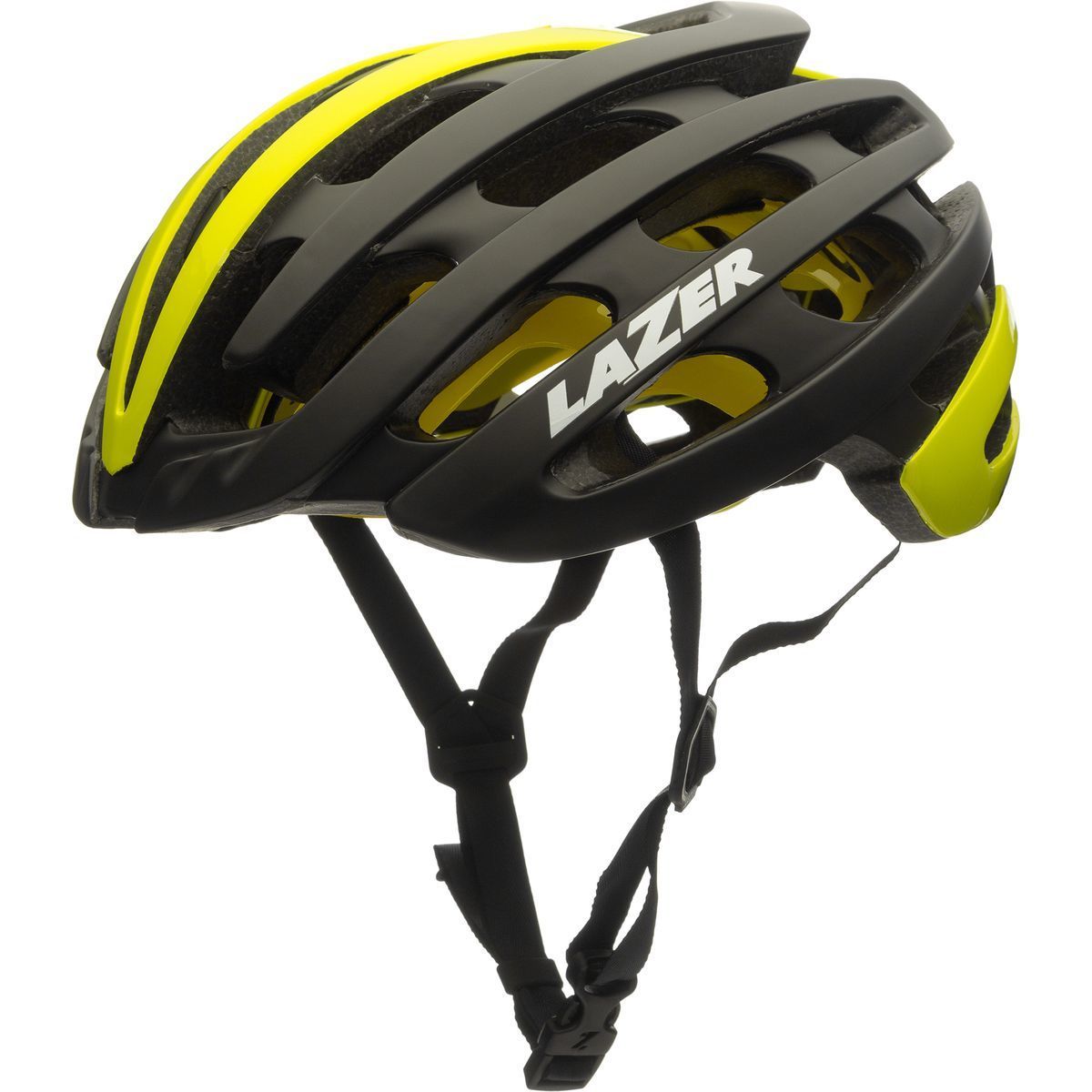
|
Despite the fact that it's accompanied Lotto Soudal's sprinting Gorilla in a victory on the Champs Eysees, the Z1 isn't your typical aerodynamic road helmet. Instead, it's got perhaps the most traditional silhouette still being worn in the peloton. Still, the Lazer Z1 MIPS Lifebeam Helmet's inclusion of Multi Directional Impact Protection System MIPS and an optical heart rate monitor means it's anything but purely traditional though we wouldn't be surprised if it becomes the tradition of the future. Lifebeam builds its optical heart rate sensor into a Z1 forehead pad, so it integrates cleanly with Lazer's peloton proven, top tier racing helmet. The sensor does require skin contact, so any headwear that comes between your brow and the helmet's padding array would also interfere with monitoring. A transmitter out back communicates the sensor's findings from head to head unit via Bluetooth 4. 0 and ANT the ubiquity of which means it's likely compatible with your current cockpit brain. A helmet's primary job is to handle crashes, though, and MIPS is a Swedish technology added to the helmet in the form of an inner basket that rotates slightly upon impact to diffuse the rotational energy created when the helmet takes a hit at oblique angles. We did mention that the helmet is traditional, and the generous vents and classic ABSpolycarbonate shell construction strike the standard notes of low weight and high ventilation that we expect from a helmet. Lazer's Rigidity Brace System RBS, Advance Rollsys System ARS, and T Pro design ensure that those qualities don't come with a tax on the helmet's protective abilities. RBS is the helmet equivalent of a roll cage, and the T Pro design extends that coverage to your temples without obstructing your field of vision while you're tucked in on long descents. You know, the descents we see De Gendt undertake during his long range KOM raids every July. ARS controls the helmet's fit, keeping all of the helmet's heart rate mon...
|



 Blog Feed
Blog Feed Follow on Twitter
Follow on Twitter Become a Facebook Fan
Become a Facebook Fan Flickr
Flickr MySpace
MySpace